Reducing 40% polluted run-off from a shooting land area with Libelium sensor platform
Runoff is the part of the precipitation that flows over the surface of the land into a watercourse or underground.
Pollution from runoff water is a major problem in urban areas because it has been shown to contain the same types of pollutants found in urban wastewater.
Urban runoff is considered a source of pollution difficult to locate. It originates in large areas, its discharge is intermittently linked to a random phenomenon that is rain, variable in time, difficult to sample at the source and related to land use.
The Norwegian Geotechnical Institute (NGI) is an international centre for research and consultancy in engineering-related geosciences headquartered in Oslo. They have worldwide partnerships identifying solutions and assisting authorities and industry in cleaning up contaminated soil, rock, sediment and groundwater. For one of these solutions, it was assisted by Libelium devices with successful results.
NGI devised an original system to reduce the contamination in the runoff of a shooting range. They covered a severely contaminated shooting range (642 m2) with 300 tons of gravel (25 cm) to give a shortcut to the groundwater of the contaminated area, thus reducing the transport of inorganic contaminants.
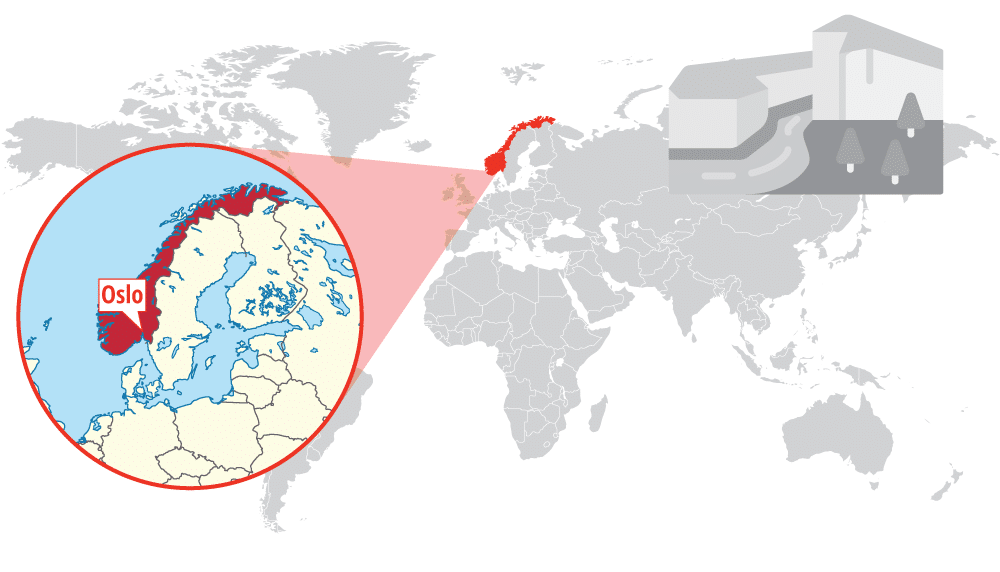
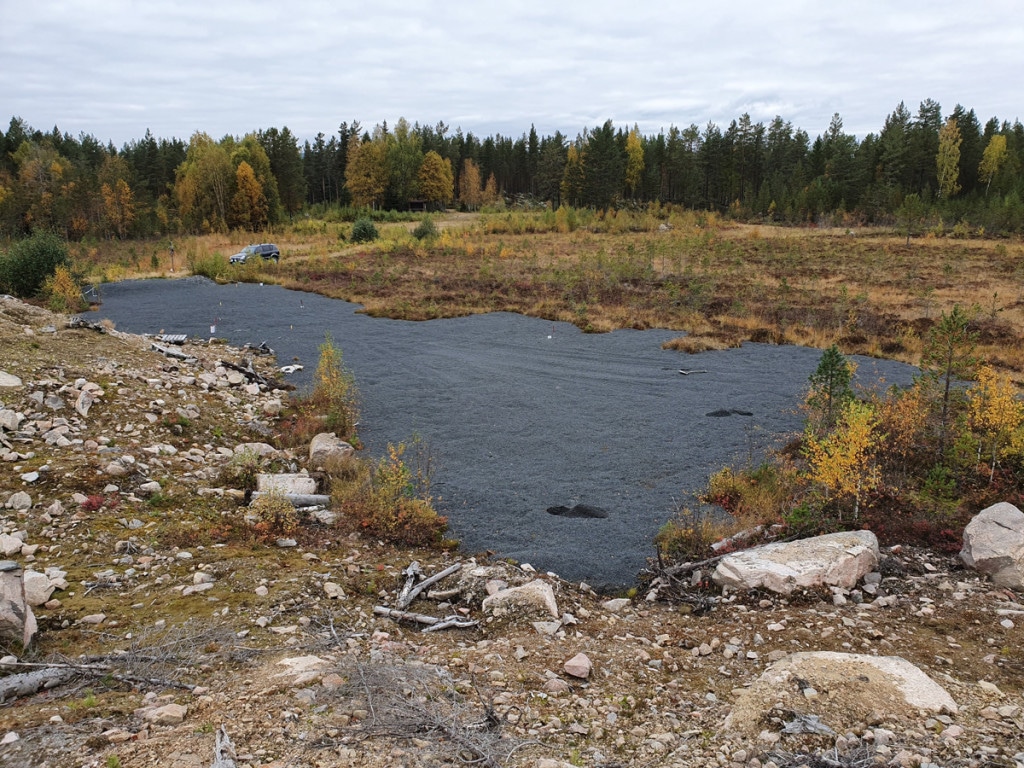
NGI contaminated shooting range with 300 tons of gravel
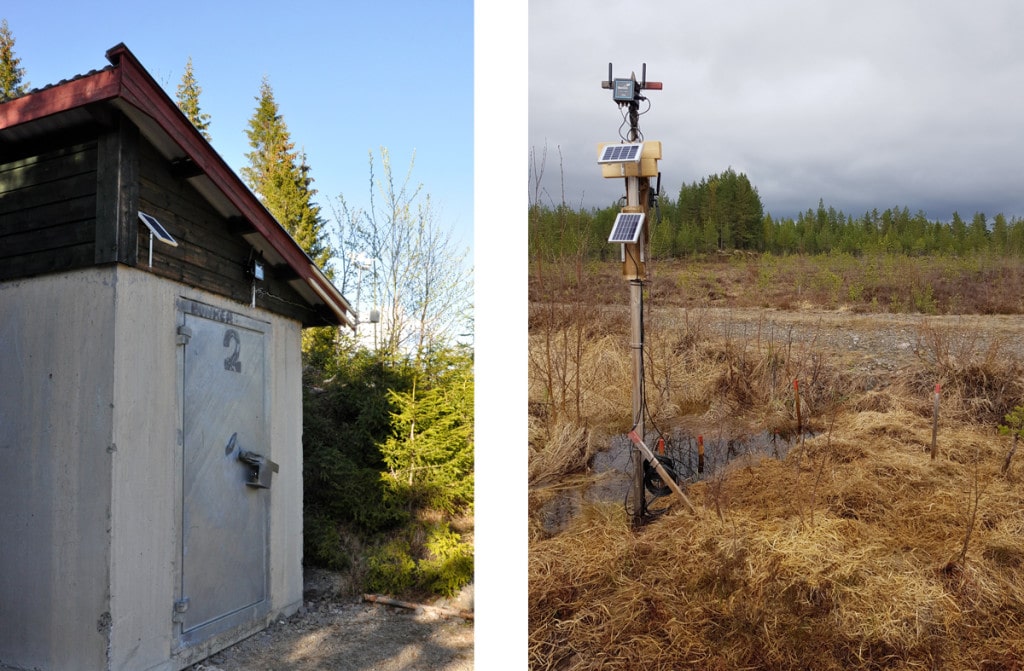
Smart Water, Smart Water Xtreme and Smart Agriculture devices installed
Shooting range soils often contain high levels of lead (Pb) and antimony (Sb) that arise from the weathering of spent bullets. The highest Pb and Sb concentrations are usually found near bullet traps, however, due to weathering of spent bullets and metal mobility, the pollution can persist for hundreds of years. Both types of pollutants result in a large problem with respect to the contamination of water and soils. This source of pollution is highly diffuse and hard to locate because it originates in large areas.
They needed to monitor the impact on the hydrology and water chemistry to see if the solution was effective. They used Libelium IoT devices because it was crucial to have high-quality sensors to know water chemistry.
The Libelium solutions they used were
That measure the following parameters:
- pH
- Oxidation-Reduction Potential (ORP)
- Dissolved Oxygen (DO)
- Conductivity
- Salinity
- Water Temperature
- Atmospheric temperature, humidity and pressure
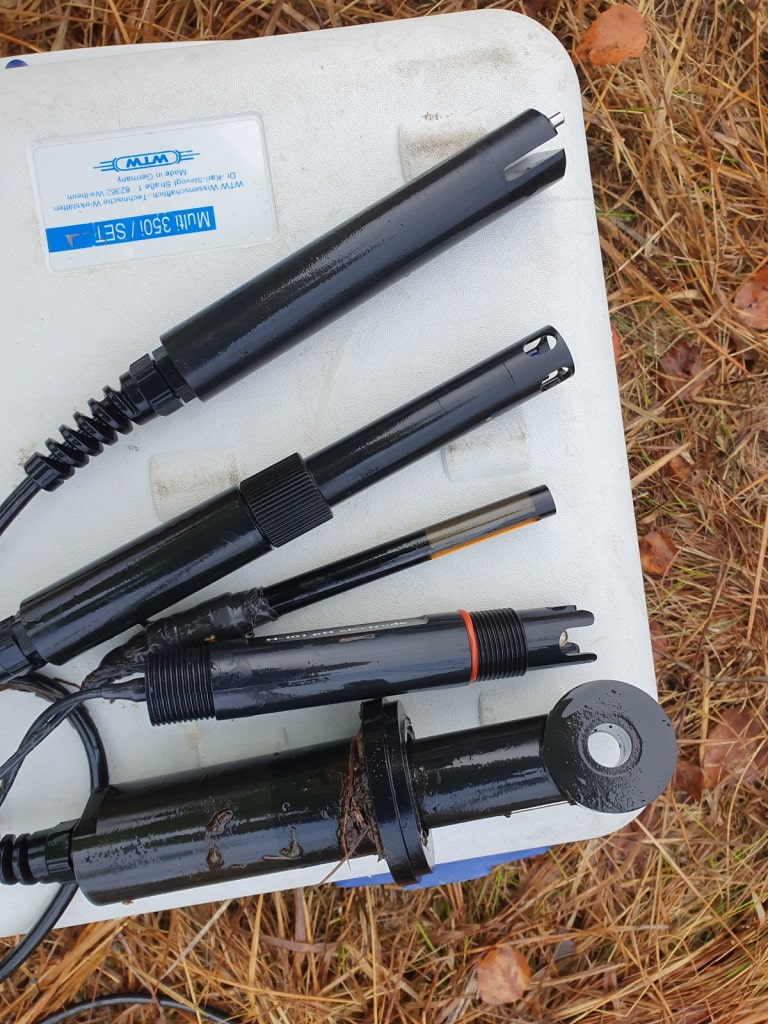
Smart Water and Smart Water sensors
In this way, they could measure any type of variation in the chemistry and physics of water, and then compare it with other variables that would give it contexts, such as local climate data describing seasonal (snow) and episodic (drought, rain) variations. In addition, NGI highlights the little effort needed to get started, combined with the ability to integrate the solutions into their systems over the long term.
They wanted to see if it was possible to maintain the accuracy of water chemistry parameters over time, i.e., that drift was low enough. They combined this monitoring with the development of passive samplers that capture variations in water chemistry parameters such as lead concentration.
The sensors communicate via 4G with NGI’s own cloud, where they designed a dashboard with the “R” programming language.
“The Libelium recorders allow us to acquire high-resolution time series of accurate and precise sensors as valuable decision support for our remediation measures”, says Andreas Botnen Smebye, Environmental Geologist at Norwegian Geotechnical Institute (NGI).
Thanks to the measurements made by the Libelium water sensor platform they concluded that the total lead concentrations were ~40% lower after the actions carried out at the range.
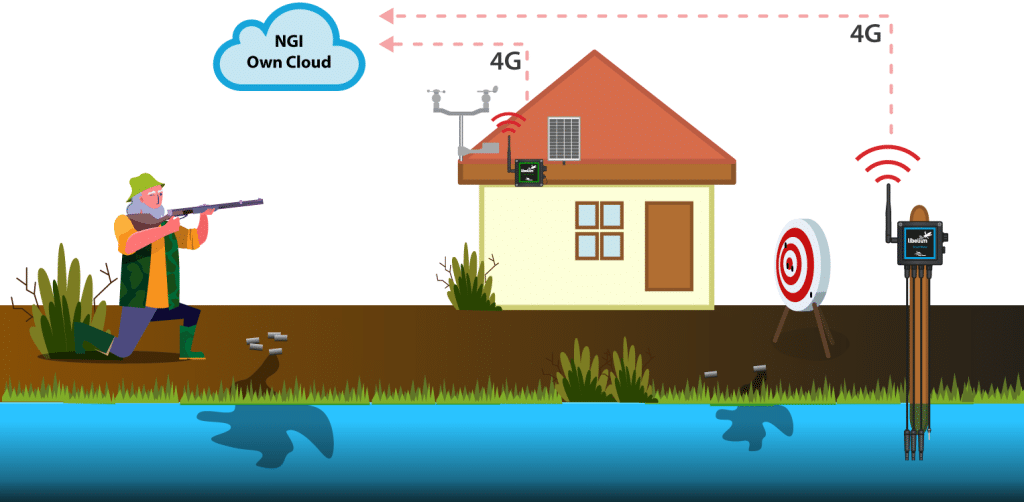
Diagram of the project
This case study helps to achieve the following Sustainable Development Goals:
- For technical details on Waspmote Plug & Sense! Smart Water: Waspmote Plug & Sense! Smart Water Technical Guide.
- For technical details on Waspmote Plug & Sense! Smart Water Xtreme: Waspmote Plug & Sense! Smart Water Xtreme Technical Guide.
- For technical details on Waspmote Plug & Sense! Smart Agriculture: Waspmote Plug & Sense! Smart Agriculture Technical Guide.
- Read more about Libelium sensor product lines in the Waspmote and Waspmote Plug & Sense! Sensor Platform.
- Smart Water Sensors to monitor water quality in rivers, lakes and the sea
- Libelium Smart Water Sensor Platform Adds Ion Monitoring
- Libelium pushes the Water Quality Market ahead with its new Smart Water Xtreme Monitoring Platform.
Watch how Libelium is powering the IoT Revolution

© Libelium Comunicaciones Distribuidas S.L. – www.libelium.com

